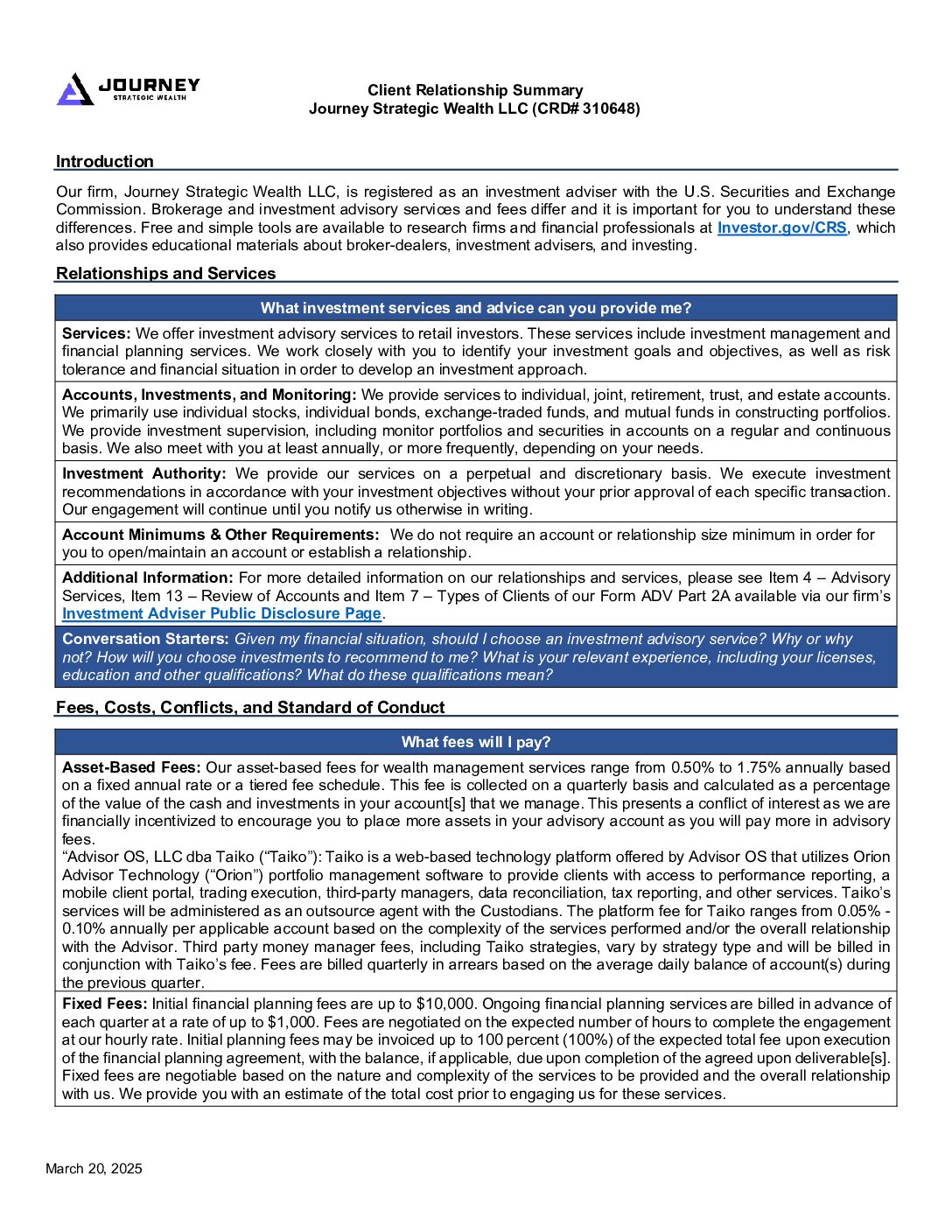The High Earner’s Guide to Tax Efficiency: Navigating the Tax Trap of Success
Reaching your career and business goals is a significant achievement. Whether you’ve successfully scaled your company, closed a major deal, or received a promotion, it’s a direct result of your hard work and ambition. But with increasing success often comes a more complex tax picture.
Many high earners find themselves caught in what we call a tax trap of success—a scenario where increased income brings a higher tax bill, loss of valuable deductions and credits, and new tax complexities. However, with proactive planning and the right guidance, you can deftly navigate these challenges and keep more of what you earn.
This guide offers strategies for executives, entrepreneurs, and business owners looking to optimize their tax position as their wealth grows.
The Traps Beyond Tax Brackets
It’s a misconception that the “tax trap” simply means jumping into a higher tax bracket. While a portion of your income will indeed be taxed at a higher marginal rate, the real complexities stem from several other factors, including:
Deductions and Credits: As your adjusted gross income (AGI) rises, many beneficial tax breaks begin to shrink or disappear entirely. For instance:
- The child tax credit phases out at $200,000 for single parents and $400,000 for married couples filing jointly.
- Student loan interest deductions phase out for single filers with a modified AGI of $80,000 to $95,000, and for married filing jointly filers with $165,000 to $195,000.
- Even the adoption tax credit starts reducing if your modified AGI exceeds $252,150 (2024), phasing out completely at $292,150.
Alternative Minimum Tax (AMT): This is a parallel tax system designed to ensure high-income individuals pay a minimum amount of tax, regardless of how many deductions or credits they claim under the regular tax system. The AMT exemption for 2025 begins to phase out significantly at $626,350 for unmarried individuals and $1,252,700 for married couples filing jointly. This can catch many successful individuals by surprise.
Net Investment Income Tax (NIIT): If you have significant investment income (like capital gains, interest, dividends, or rental income) and your modified AGI exceeds $200,000 (single) or $250,000 (married filing jointly), you’ll face an additional 3.8% NIIT on that investment income. This is particularly relevant for entrepreneurs and business owners with diverse income streams.
State and Local Tax (SALT) Cap: The $10,000 deduction cap on state and local taxes can disproportionately impact high earners in high-tax states, effectively increasing their federal taxable income.
The key takeaway here is to focus on your “taxable income,” not just your gross income. Strategic moves, often coordinated with a financial advisor and tax professional, can significantly reduce that taxable amount, even as your gross income is soaring.
Foundational Tax Strategies for All High-Income Earners
As your income climbs, consider these tax-efficient strategies:
- Max Out Retirement Accounts: This is often the first and most impactful step. Contributions to pre-tax accounts like a 401(k), 403(b), SEP IRA, or Solo 401(k) directly reduce your current taxable income. The ability to defer taxes on these contributions and their growth until retirement can lead to substantial savings.
- Health Savings Accounts (HSAs): If you’re eligible for a high-deductible health plan, contributions are tax-deductible, funds grow tax-free, and withdrawals for qualified medical expenses are also tax-free. It’s an often-underutilized tool for both healthcare savings and retirement planning.
- Tax-Loss Harvesting: A crucial strategy for those with investment portfolios. By strategically selling investments at a loss, you can first offset capital gains and then deduct up to $3,000 of any remaining net losses against your ordinary income annually.
- Charitable Giving: Offers significant tax advantages that can help reduce your taxable income:
- For significant charitable intentions, donor-advised funds (DAFs) are powerful. You can contribute cash or appreciated securities to a DAF, receive an immediate tax deduction, and then recommend grants to your favorite charities over time. Donating appreciated stock also allows you to avoid capital gains tax on the appreciation.
- If you’re 70½ or older and have an IRA, Qualified Charitable Distributions (QCDs) allow you to donate directly from your IRA to charity. This satisfies your Required Minimum Distribution (RMD) and reduces your taxable income, even if you don’t itemize deductions.
Avoid These Tax Planning Mistakes
The most significant mistake I see successful people make as their income rises is inaction, or a lack of proactive engagement. They might assume their annual tax preparer will “handle everything,” or they simply get too busy to focus on strategic planning. Focus on these proactive steps:
- Embrace Year-Round Planning: Regular reviews of your income, expenses, and financial goals throughout the year allow for timely adjustments and the implementation of beneficial strategies.
- Seek Integrated Expertise: Don’t rely solely on a general tax preparer. Work with a financial advisor who can coordinate with tax specialists and estate planning attorneys. This integrated approach ensures your tax strategy aligns seamlessly with your overall financial goals.
- Stay Engaged and Informed: While your advisors are crucial, understanding the basics of your own financial picture and the strategies available empowers you to ask the right questions and make better decisions.
Turn your success into an opportunity for greater financial efficiency and long-term wealth accumulation. Reach out to learn how we can help optimize your tax strategy.
This material is distributed for informational purposes only. Investment Advisory services offered through Journey Strategic Wealth, a registered investment adviser registered with the U.S. Securities and Exchange Commission (“SEC”). The views expressed are for informational purposes only and do not take into account any individual’s personal, financial, or tax considerations. Opinions expressed are subject to change without notice and are not intended as investment advice. Past performance is no guarantee of future results. Please see Journey Strategic Wealth’s Form ADV Part 2A and Form CRS for additional information.
Securities offered through Purshe Kaplan Sterling Investments, Member FINRA/SIPC, Headquartered at 80 State Street, Albany NY 12207. Purshe Kaplan Sterling Investments and Journey Strategic Wealth are not affiliated companies. Not FDIC Insured. Not Bank Guaranteed. May lose value including loss of principal. Not insured by any state or federal agency.























